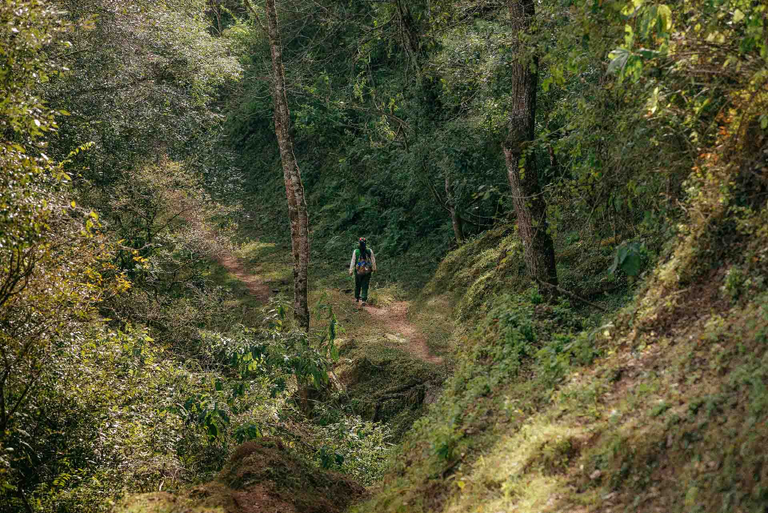
Calilegua National Park was created to protect a representative sector of the Yungas, which is one of the most biodiverse environments in Argentina.
Its indigenous name resonates with the historical importance of the region: in Quechua Calilegua evokes a “stone lookout”, while in Aymara it is broken down into “stone” and “brains”, underlining its strategic role in the ancient trade between the Quebrada de Humahuaca and the Chaco. In this sacred place, the legends of the native peoples still whisper through the mountains, describing them as the refuge of ancestral spirits and mystical paths.
Calilegua National Park is characterized by a rugged terrain with deep canyons carved by steep streams and rivers, as well as mountain ranges with peaks over 3,000 meters high.
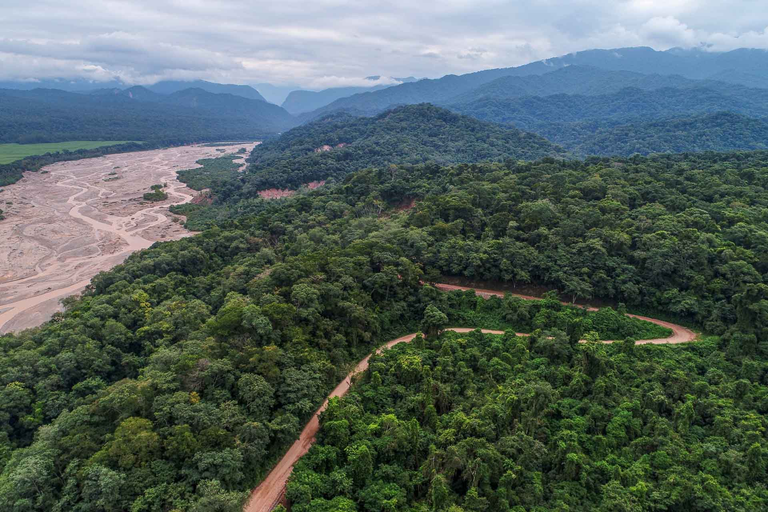
For mountain lovers, this National Park offers the possibility of hiking to the Cerros Amarillo and Cerros Hermoso .
Calilegua National Park is located in the southeast of the province of Jujuy , in the department of Ledesma, on the eastern slope of the Calilegua Mountains.
It was created in 1979 to protect a representative sector of Las Yungas –one of the most biodiverse environments in Argentina-, and to protect the sources of the streams in this mountain range. With an area of 76,320 hectares, it is the largest National Park in the northwest of Argentina.
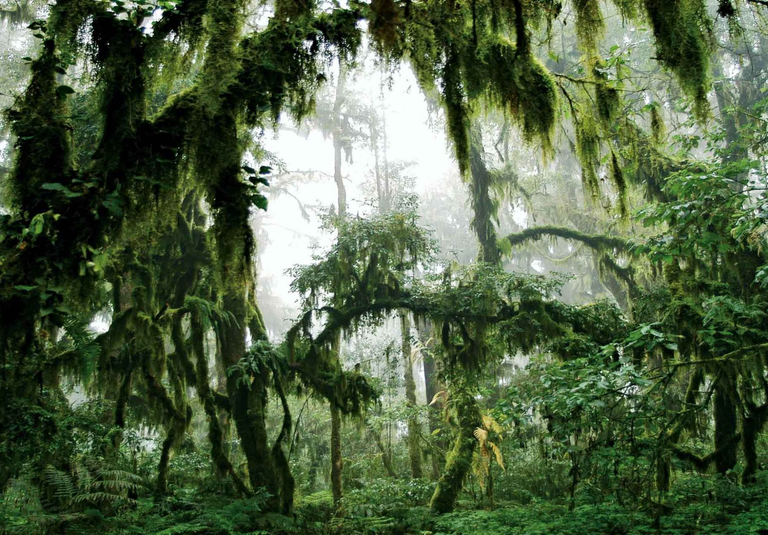
The Calilegua Mountains, southeast of Jujuy, emerged with the Andes about twenty million years ago. Since then, they have blocked the Atlantic winds and taken away their humidity.
The mountain slopes have thus acquired an intricate tapestry of trees, bushes, lianas, creepers, bromeliads and ferns.
In summer, the rainy season, this jungle sponge protects the ground from the hammering raindrops and traps part of the water that falls. In the dry winter it milks the mist, creating the so-called "horizontal precipitations", and releases the water accumulated during the summer.
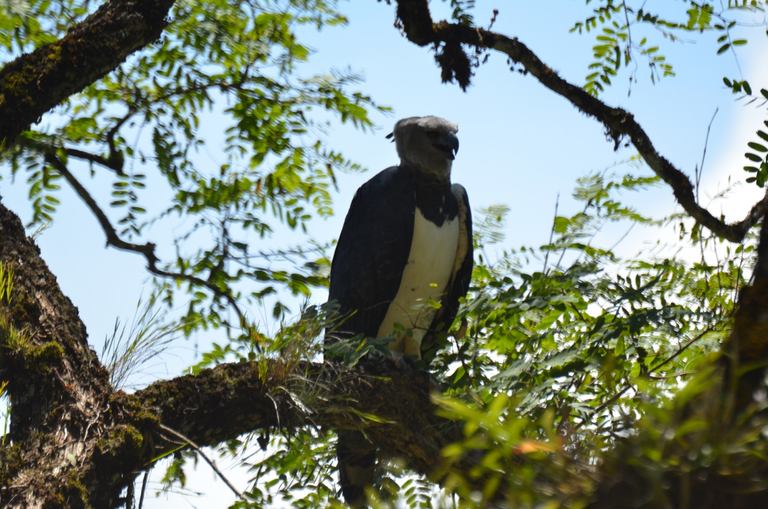
With these tricks it manages to evenly distribute the irregular tribute from the skies. There is never a lack of water in the streams that come down from the mountains. At the foot of the hills, the Ledesma valley extends its prosperity to the distant spine of the Santa Bárbara mountain ranges.
It is one of the best places to get to know the yungas or mountain forests of northwestern Argentina. It is a wild and lesser-known destination that amazes with its high-altitude trails and spectacular landscapes.
It attracts nature lovers and bird watchers as it is home to many species that are not found in other regions of Argentina, such as the mountain guan, the poma eagle, the dwarf hummingbird and the burgo.
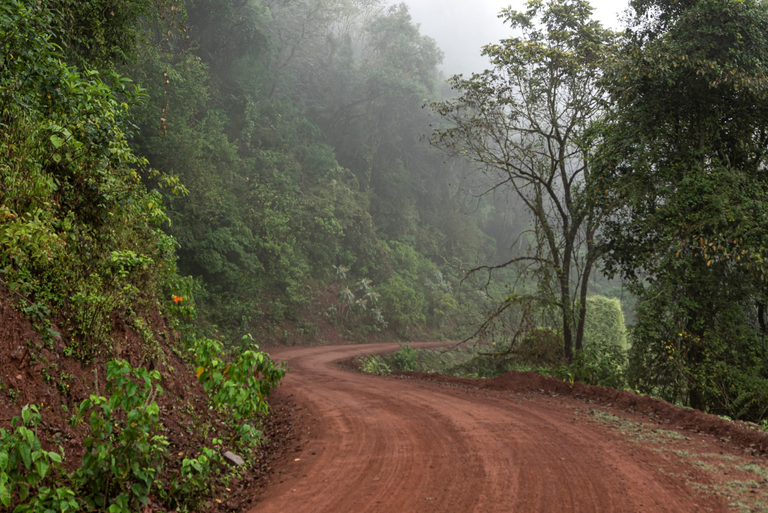
The main access is through provincial route 83 that crosses the national park and goes up the mountain. This road is an attraction in itself because it offers impressive views of the valleys and ravines, and allows you to see how the jungle changes as you ascend. There are some viewpoints to stop and enjoy the landscape.
If you wish, you can continue to the small town of San Francisco, with some lodgings and restaurants, on the outskirts of the national park.

El Parque Nacional Calilegua fue creado para proteger un sector representativo de las Yungas, que es uno de los ambientes con mayor biodiversidad de Argentina.
Su nombre indígena resuena con la importancia histórica de la región: en quichua Calilegua evoca un “mirador de piedra”, mientras que en aimara se descompone en “piedra” y “sesos”, subrayando su rol estratégico en el antiguo comercio entre la Quebrada de Humahuaca y el Chaco. En este lugar sagrado, las leyendas de los pueblos originarios aún susurran a través de las sierras, describiéndolas como el refugio de espíritus ancestrales y senderos místicos.
El Parque Nacional Calilegua se caracteriza por un terreno accidentado con profundos cañones tallados por abruptos arroyos y ríos, así como cadenas montañosas con picos de más de 3.000 metros de altura.
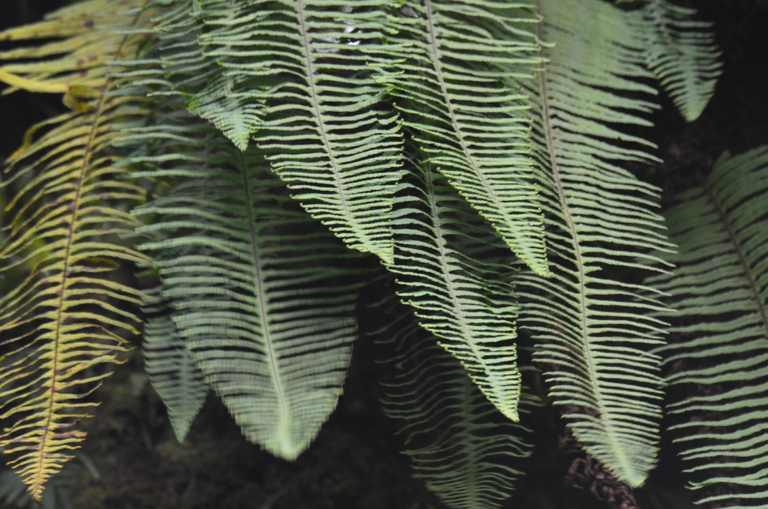
Para los amantes de la montaña, este Parque Nacional ofrece la posibilidad de realizar caminatas a los Cerros Amarillo y Cerros Hermoso.
El Parque Nacional Calilegua está ubicado al sudeste de la provincia de Jujuy, en el departamento de Ledesma, sobre la vertiente oriental de la Sierra de Calilegua.
Fue creado en 1979 para proteger un sector representativo de Las Yungas –uno de los ambientes con mayor biodiversidad de Argentina-, y para proteger las nacientes de los arroyos de esta cordillera. Con una superficie de 76.320 hectáreas, es el Parque Nacional más grande del noroeste argentino.
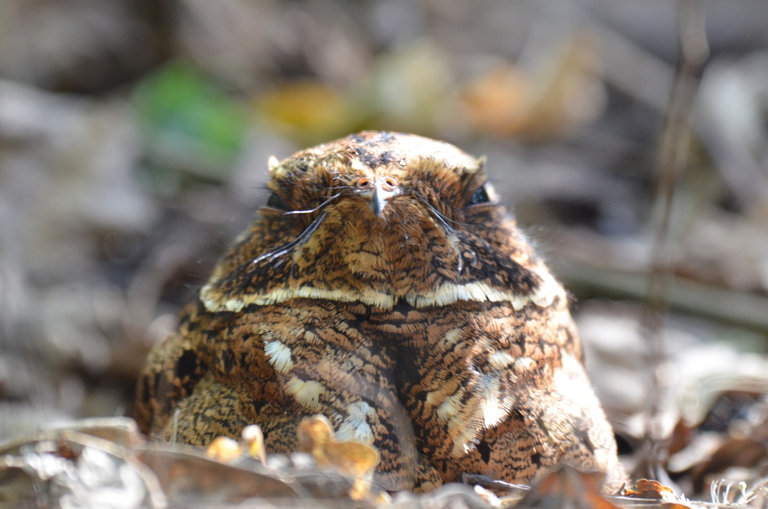
Las sierras de Calilegua, al sudeste de Jujuy, surgieron con los Andes hace unos veinte millones de años. Desde entonces, bloquean los vientos del Atlántico y les quitan la humedad.
Las laderas montañosas adquirieron así un intrincado tapiz de árboles, arbustos, lianas, enredaderas, bromelias y helechos.
En verano, época de lluvias, esta esponja selvática protege el suelo de las gotas de lluvia martilleantes y atrapa parte del agua que cae. En el invierno seco ordeña la niebla, creando las llamadas "precipitaciones horizontales", y libera el agua acumulada durante el verano.
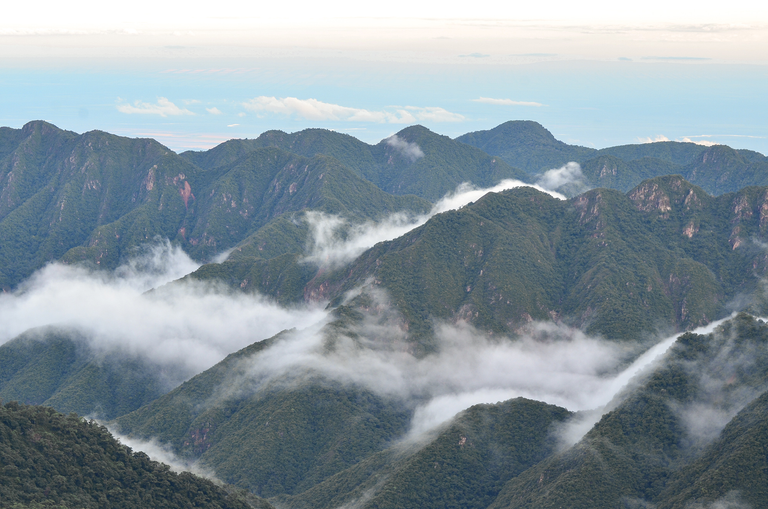
Con estos trucos logra distribuir de manera uniforme el tributo irregular que cae de los cielos. Nunca falta agua en los arroyos que bajan de las sierras. Al pie de los cerros, el valle de Ledesma extiende su prosperidad hasta la lejana espina dorsal de las sierras de Santa Bárbara.
Es uno de los mejores lugares para conocer las yungas o selvas de montaña del noroeste argentino. Es un destino agreste y no tan conocido que asombra por sus senderos de altura y paisajes espectaculares.
Atrae a amantes de la naturaleza y observadores de aves ya que viven muchas especies que no se encuentran en otras regiones de la Argentina, como la pava de monte alisera, el águila poma, el picaflor enano y el burgo.
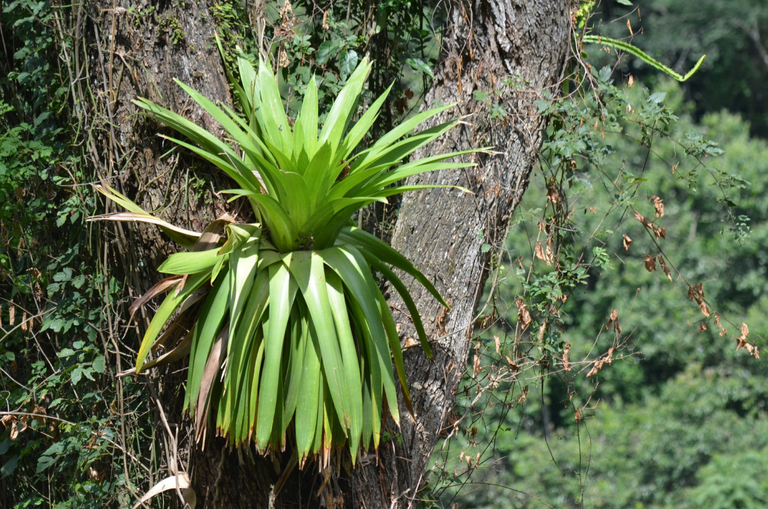
El acceso principal es a través de la ruta provincial 83 que atraviesa el parque nacional y va subiendo la montaña. Este camino es un atractivo en sí mismo porque ofrece vistas impresionantes de los valles y quebradas, y permite ver cómo cambia la selva a medida que se asciende. Hay algunos miradores para detenerse y disfrutar el paisaje.
Si se desea, se puede continuar hasta el pequeño pueblo de San Francisco, con algunos hospedajes y restaurantes, en las afueras del parque nacional.
Source images / Fuente imágenes.
Sources consulted (my own) for the preparation of this article. Some paragraphs may be reproduced verbatim.
Fuentes consultadas (de mi propiedad) para la elaboración del presente artículo. Algunos párrafos pueden estar reproducidos textualmente.
| Argentina Discovery. |  |
|---|---|
| Galería Fotográfica de Argentina. |  |
| Viaggio in Argentina. |  |
| Patagonia Express. |  |
